An unrivaled experience of majestic palaces, vibrant cultural scenes, and the warmth of Viennese coffee houses… If you are planning a trip to Vienna, you are in for a treat.
Are you wondering “What are some incredible Vienna Facts?”? Here is all you need to know.
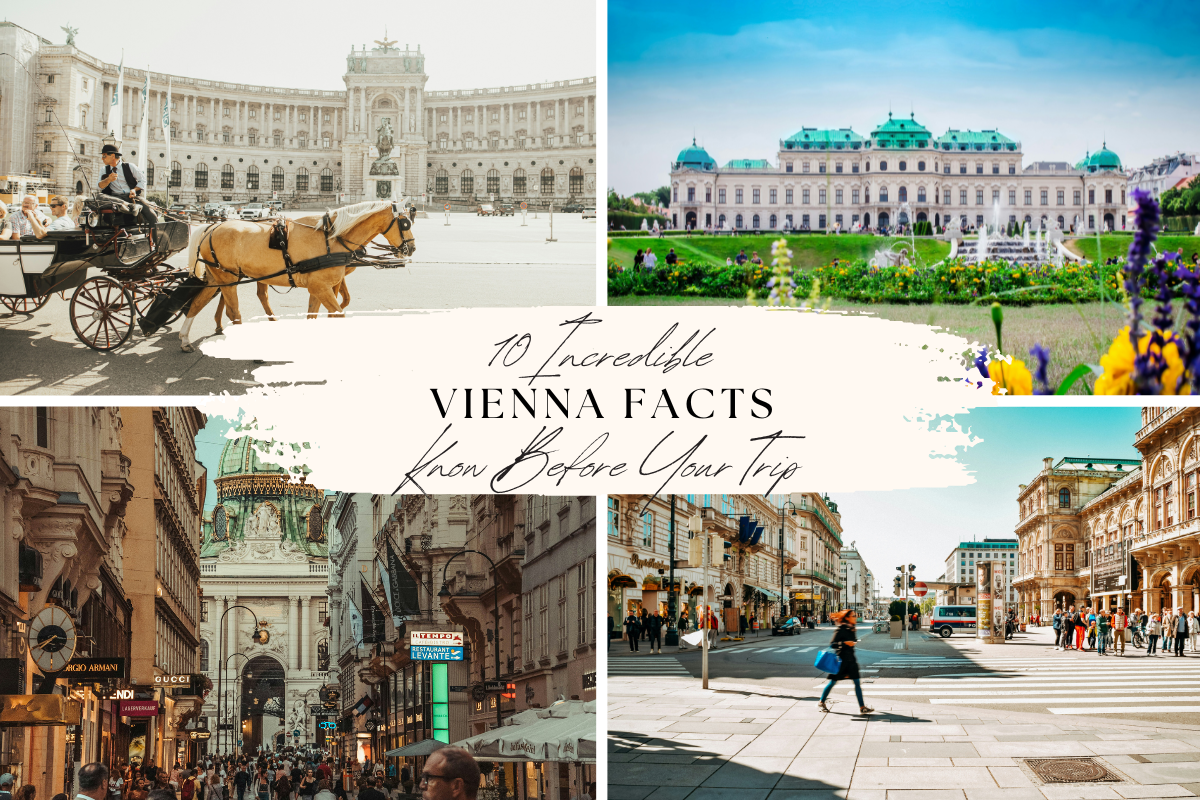
Vienna, the capital of Austria, stands as a testament to the enduring allure of European culture and history. Nestled along the banks of the Danube River, it’s a city where the past and present coalesce beautifully, offering visitors a unique blend of imperial grandeur and modern innovation. The streets of Vienna are lined with majestic baroque buildings, echoing the splendor of the Habsburg monarchy, while its vibrant arts scene and bustling coffee houses inject the city with a palpable energy. From legendary composers to Viennese culinary artistry, Vienna is synonymous with several iconic elements that have defined its global reputation.
We gathered all the incredible Vienna facts and the secrets of Vienna in this article.
A Brief History of Vienna
Vienna’s history spans over millennia, beginning as a Celtic settlement before becoming a Roman frontier city known as Vindobona. In the Middle Ages, it rose to prominence as the capital of the Babenberg dynasty, and later, the powerful Habsburg Empire, which left an indelible mark on the city’s architectural and cultural landscape.
Throughout the centuries, Vienna has been a crucible of artistic, intellectual, and musical innovation, playing host to some of history’s greatest composers, thinkers, and artists. It flourished as a beacon of the Enlightenment and the fin-de-siècle, a period marked by remarkable creativity and intellectual fervor.
Despite the upheavals of the 20th century, including both World Wars and the Cold War, Vienna has maintained its reputation as a global center for music, art, and diplomacy. Today, it stands as a vibrant testament to its enduring legacy, blending its historic beauty with a lively contemporary cultural scene.
Vienna is often affectionately referred to as the “City of Music” (Stadt der Musik) due to its unparalleled musical legacy, having been home to more famous composers than any other city. Another common nickname is the “City of Dreams” (Stadt der Träume), a moniker that pays homage to its association with Sigmund Freud, the founder of psychoanalysis, who lived and worked there.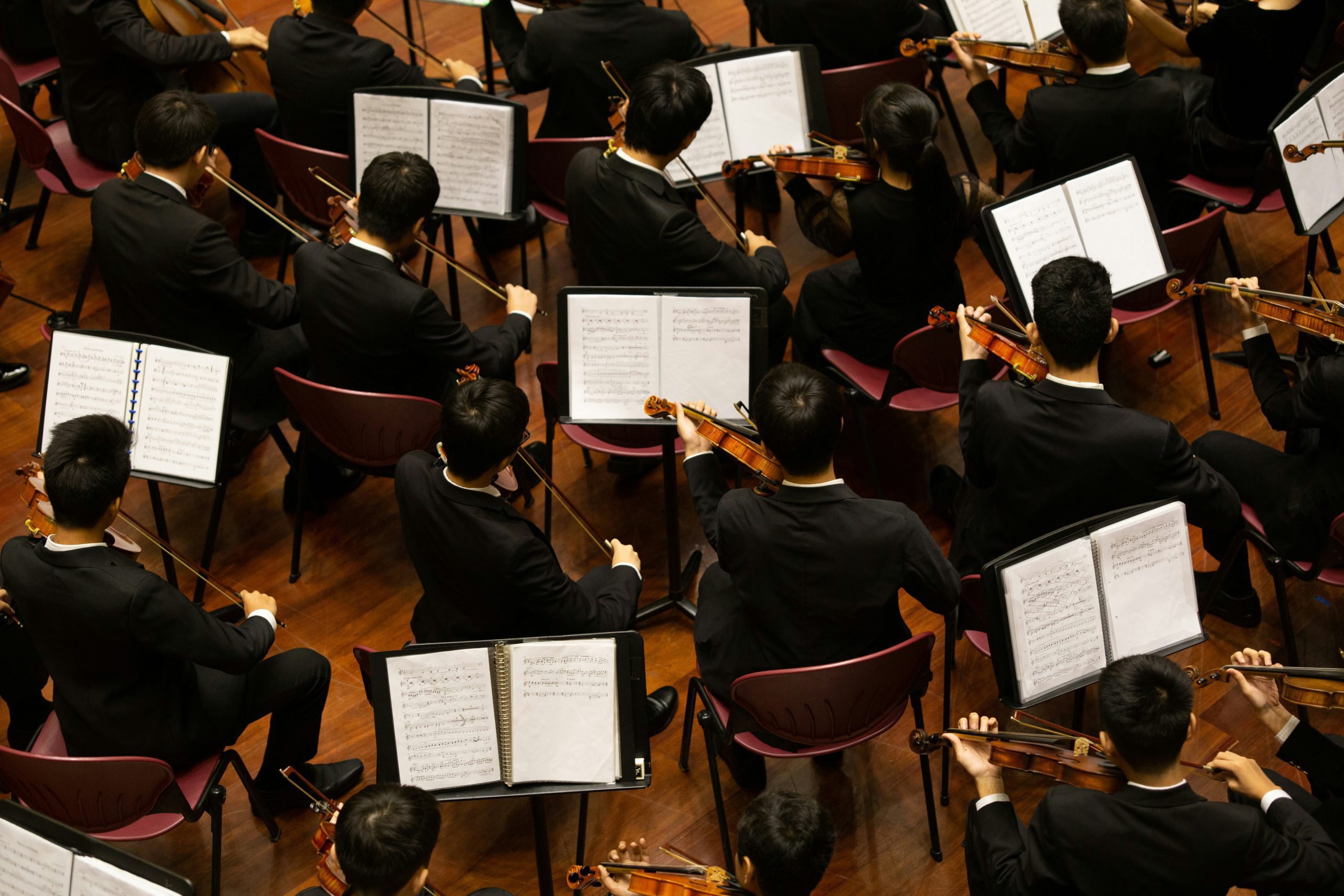
“Wiener Blut” (Vienna Blood) is the title of one of the most famous waltzes composed by Johann Strauss II in 1873. The waltz was created for the Vienna World’s Fair of the same year but gained popularity only after Strauss’s death. Beyond the waltz, “Vienna Blood” has come to metaphorically represent the unique charm, wit, and temperament of the Viennese people. It suggests a certain joie de vivre and the cultural richness that pervades the city.
Vienna’s allure lies in its unique blend of imperial grandeur and vibrant cultural life. As a city that once sat at the heart of the powerful Habsburg Empire, it boasts stunning palaces, museums, and theaters that tell tales of its rich history. Yet, Vienna is not merely a relic of the past; it thrives as a dynamic, contemporary city known for its world-class music scene, innovative art, and café culture.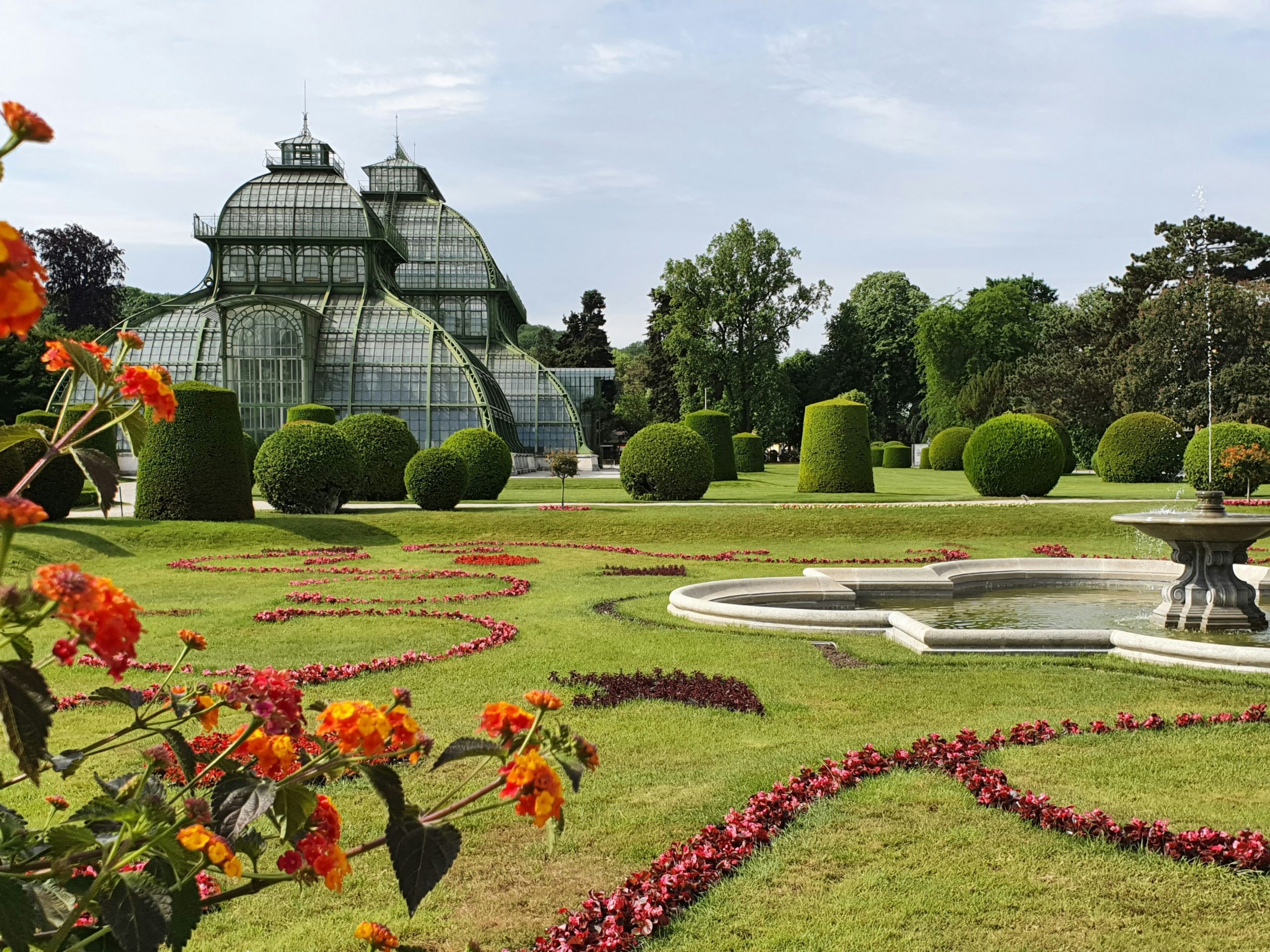
In Vienna, the essence of its imperial history and vibrant cultural tapestry unfolds through visits to iconic landmarks like the majestic Schönbrunn Palace, the historic St. Stephen’s Cathedral, and the illustrious Vienna State Opera. Exploring the opulent Belvedere Palace, home to Klimt’s “The Kiss,” and wandering through the expansive Hofburg complex, where the elegance of the Lipizzaner horses captivates, are quintessential experiences.
The Prater amusement park offers a whimsical escape with its Giant Ferris Wheel, while the MuseumsQuartier delves into modern artistry.
10 Incredible Vienna Facts – from the coffee culture to Sigmund Freud
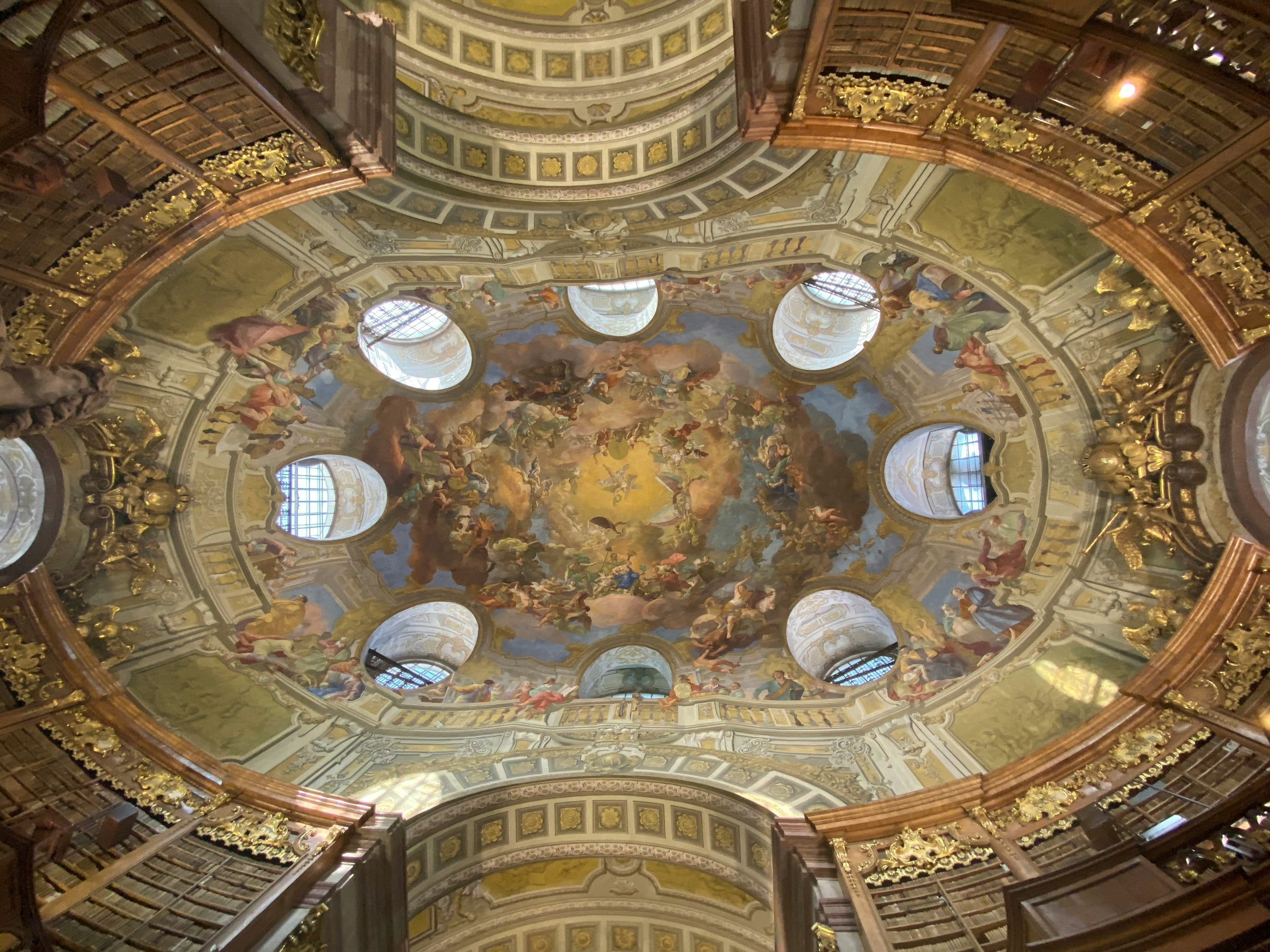
1. Birthplace of World-Famous Composers
Vienna, often hailed as the world capital of music, has been the home to some of the most influential composers in classical music history, such as Mozart, Beethoven, Haydn, Schubert, and Strauss. This illustrious legacy is woven into the city’s fabric, with its concert halls and opera houses standing as monuments to its musical heritage.
Visit the Musikverein and the Vienna State Opera, the finest venues in the world for classical performances.
You can also explore the houses where Mozart and Beethoven lived, which have been preserved as museums, offering a glimpse into their lives and creative processes.
2. The World’s Oldest Zoo
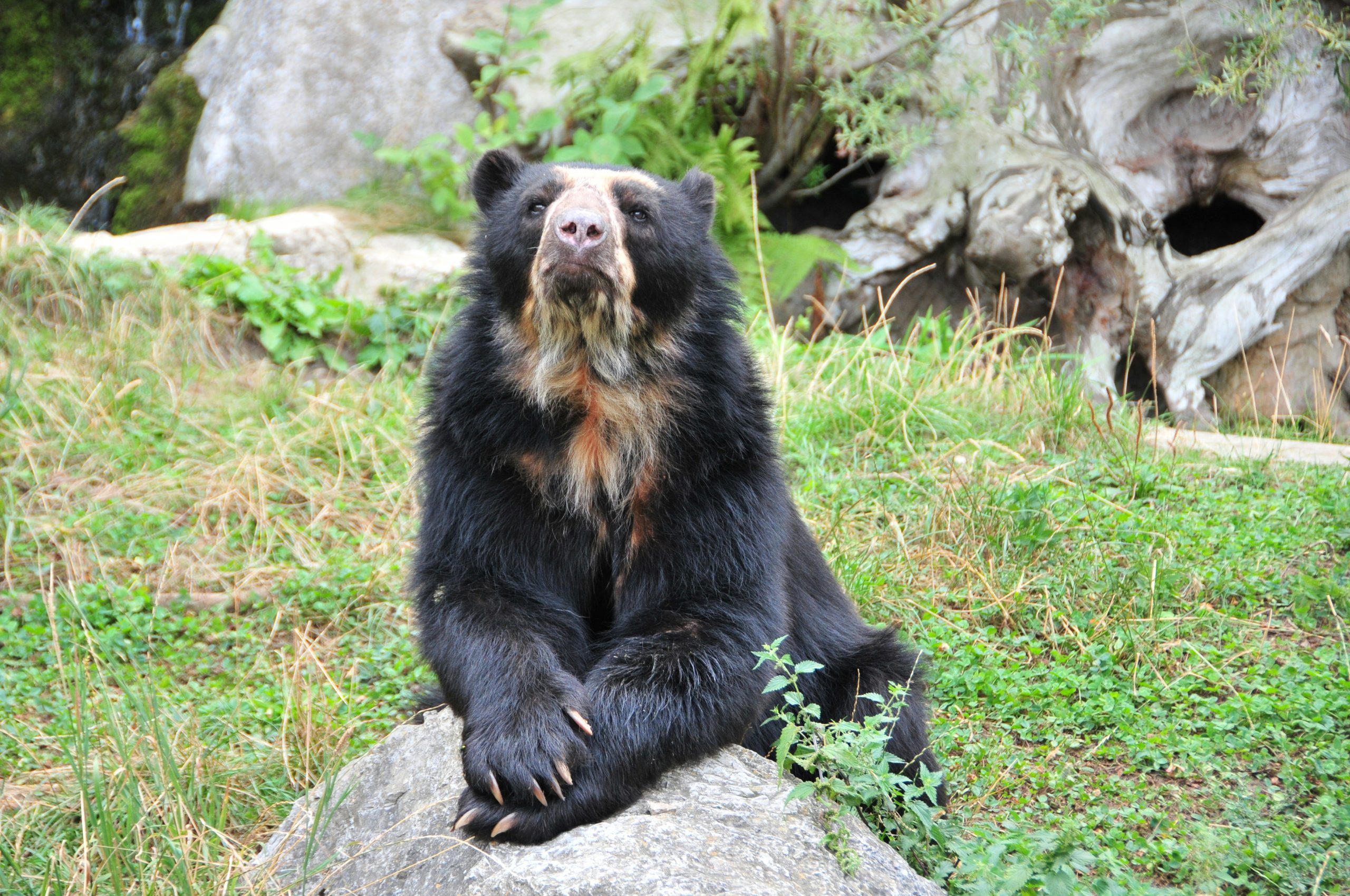
The Tiergarten Schönbrunn, or Schönbrunn Zoo, is not only the oldest zoo in the world but also one of the most modern, combining conservation, education, and research in a historic setting. Founded in 1752 as an imperial menagerie by Emperor Francis I, it has evolved into a conservation center and home to over 700 species, some of which are endangered.
Highlights include the Rainforest House, the Polarium, and the interactive ORANG.erie, dedicated to orangutan conservation. The zoo is part of the Schönbrunn Palace complex, a UNESCO World Heritage site. You will enjoy a blend of cultural and natural history in one visit.
3. Innovation in Coffee House Culture
The Viennese coffee house culture is a tradition that dates back to the 17th century, embodying the social and cultural fabric of the city. Recognized by UNESCO for its intangible cultural heritage, Viennese coffee houses serve as venues for literary readings, intellectual discussions, and social gatherings, preserving a unique atmosphere where time seems to stand still.
The traditional interior design, with marble tabletops, Thonet chairs, and newspaper stands, adds to the charm and authenticity of the experience.
Famous coffee houses like Café Central, Café Sacher, and Café Demel are not only culinary destinations but also historical landmarks, frequented by poets, philosophers, and revolutionaries throughout history.
For the bigger picture, check out our guide for the best coffee houses in Vienna.
4. UNESCO World Heritage Sites
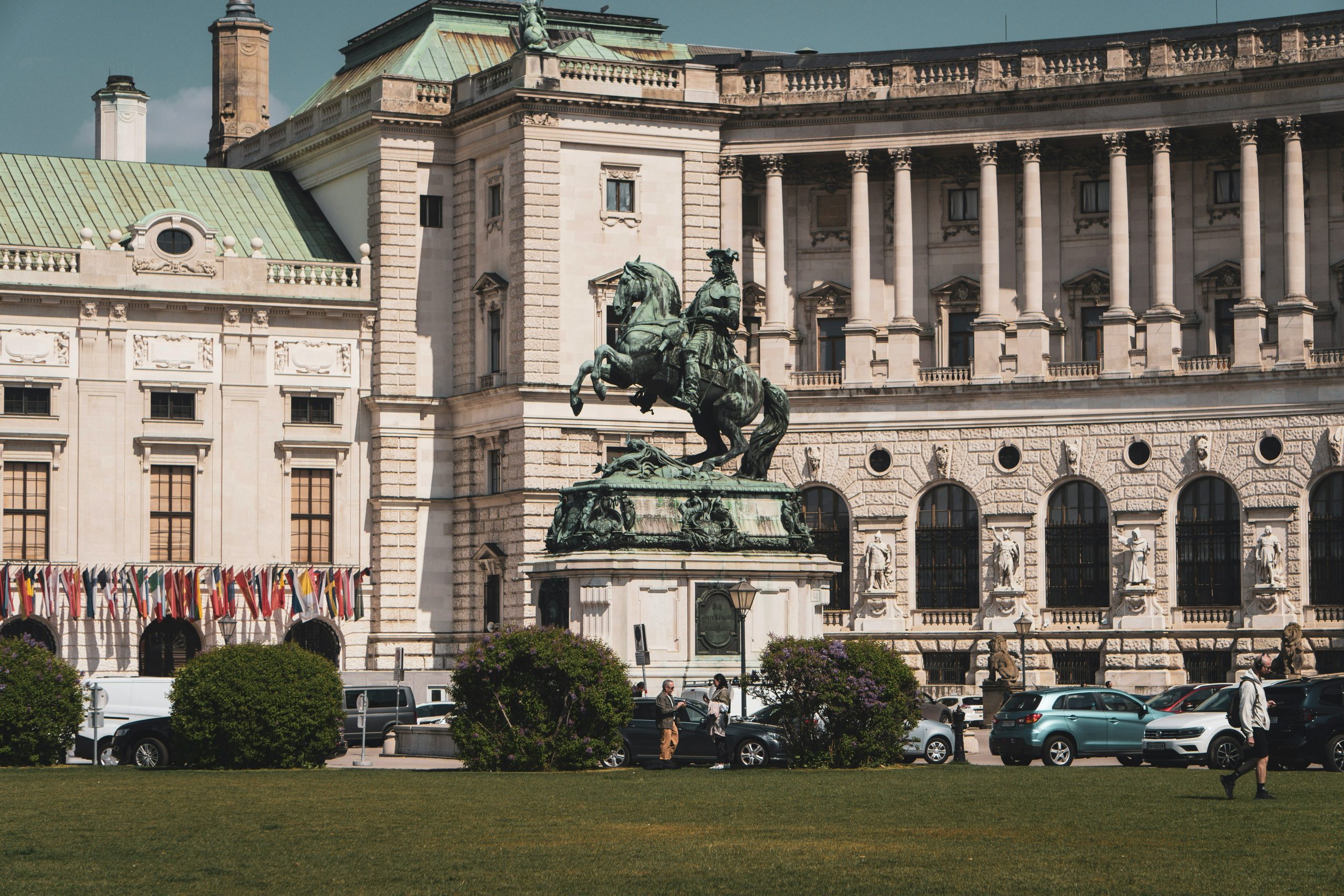
Vienna’s historic center is a treasure trove of architectural masterpieces spanning several centuries, from medieval times through the Gothic, Renaissance, Baroque, and Classical periods to modernity. This area, designated as a UNESCO World Heritage site, reflects the city’s dynamic history and its role as a cultural and political center of Europe.
Key landmarks include the Gothic St. Stephen’s Cathedral, the imperial Hofburg Palace complex, and the Belvedere Palace, which are emblematic of Vienna’s historical and artistic significance.
5. Vienna and the World’s First Psychoanalyst
One of the lessert known thing among the most incredible Vienna Facts is Sigmund Freud, the founding father of psychoanalysis. He spent much of his life and career in Vienna. His former residence and office, now the Sigmund Freud Museum, is located in the 9th district and offers an insightful look into his groundbreaking work, personal life, and the development of psychoanalytic theory.
The museum houses an extensive collection of Freud’s personal belongings, including his famous psychoanalytic couch, antique furnishings, first editions of his works, and private letters. The influence of Freud’s theories on psychology, culture, and art is explored through exhibitions and events
6. A City of Green Spaces
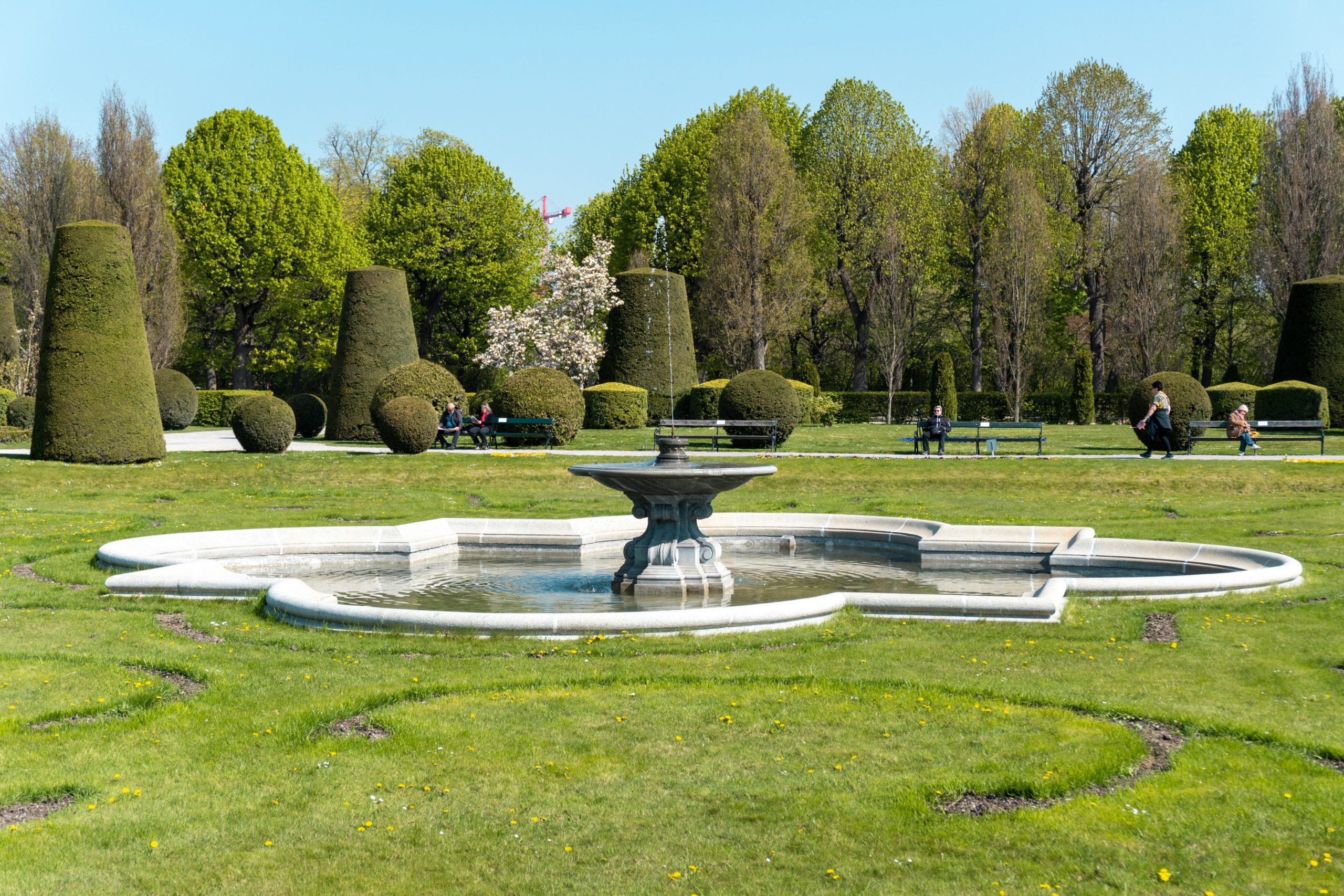
Vienna is distinguished by its commitment to public green spaces, with more than half of the city’s area covered by parks, gardens, and natural reserves. This dedication to nature within an urban setting provides a high quality of life for its residents and a refreshing contrast for visitors.
The Prater, a vast public park, offers a range of recreational activities, from peaceful walks in the greenery to thrilling rides in the amusement park section, where the Giant Ferris Wheel offers panoramic views of the city.
The Stadtpark, with its famous statue of Johann Strauss, is another beloved green oasis, ideal for leisurely strolls and picnics.
7. Leader in Quality of Life
Vienna’s consistent ranking at the top of global quality of life indexes is a testament to its excellent public services, cultural offerings, and urban planning. The city’s extensive public transportation network is efficient and reliable, making it easy to explore.
Healthcare services are of high quality, and the city’s commitment to social welfare ensures a high standard of living for its inhabitants. Vienna’s vibrant cultural scene, from its museums and theaters to its music and dining, adds to the city’s allure, making it not just a great place to visit but also to live.
But what does this mean for travelers in Vienna? It means you will be in company of cheerful locals and in one of the safest places to visit in Europe.
8. A Hub for Art Nouveau
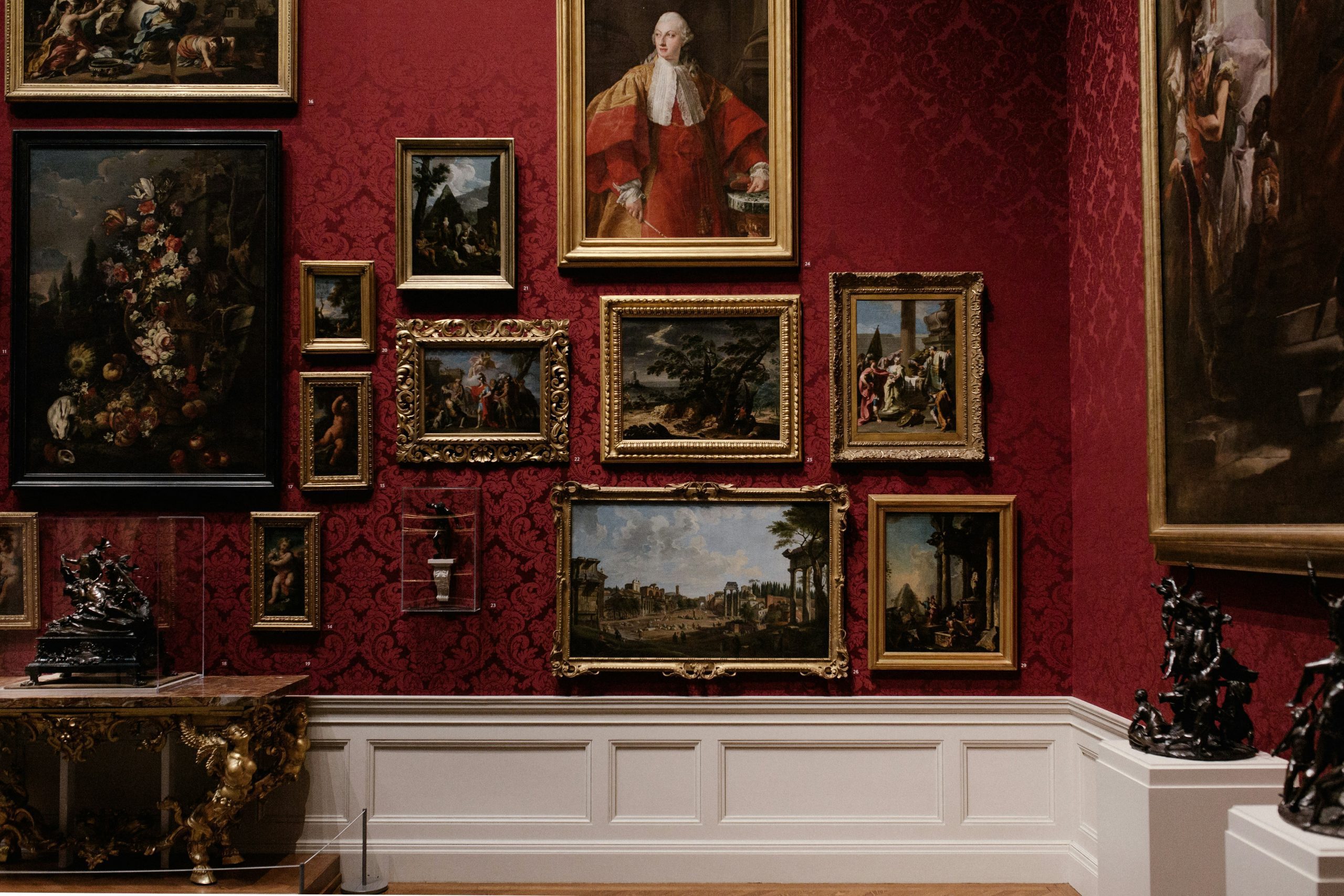
At the turn of the 20th century, Vienna became a center for Art Nouveau, known locally as Jugendstil. This artistic movement, characterized by its organic forms and decorative patterns, is evident in the city’s architecture and visual arts.
Otto Wagner’s architectural works, such as the Majolica House and the Karlsplatz Stadtbahn Station, exhibit the functional elegance of Jugendstil.
Gustav Klimt, perhaps the most famous of the Viennese Secessionists, pushed the boundaries of painting with his symbolist works. The Belvedere Museum’s collection is an essential visit for art lovers, showcasing the brilliance of this art movement. These are at the top of the list of the incredible Vienna facts.
Absolute Must-See: Observe “The Kiss”, one of the most famous masterpieces of Klimt, in the Belvedere Museum.
9. Viennese Ball Season
The Viennese ball season captures the essence of Vienna’s social and cultural tradition, with the city hosting over 450 balls between New Year’s Eve and Lent. These events range from the opulent Vienna Opera Ball to balls organized by various professional groups, offering a night of glamour, waltzing, and Austrian tradition.
The tradition of the debutantes’ ball, elegant attire, and strict dance protocols provides a glimpse into Vienna’s imperial past, while also celebrating contemporary Austrian society.
10. The Viennese Cuisine
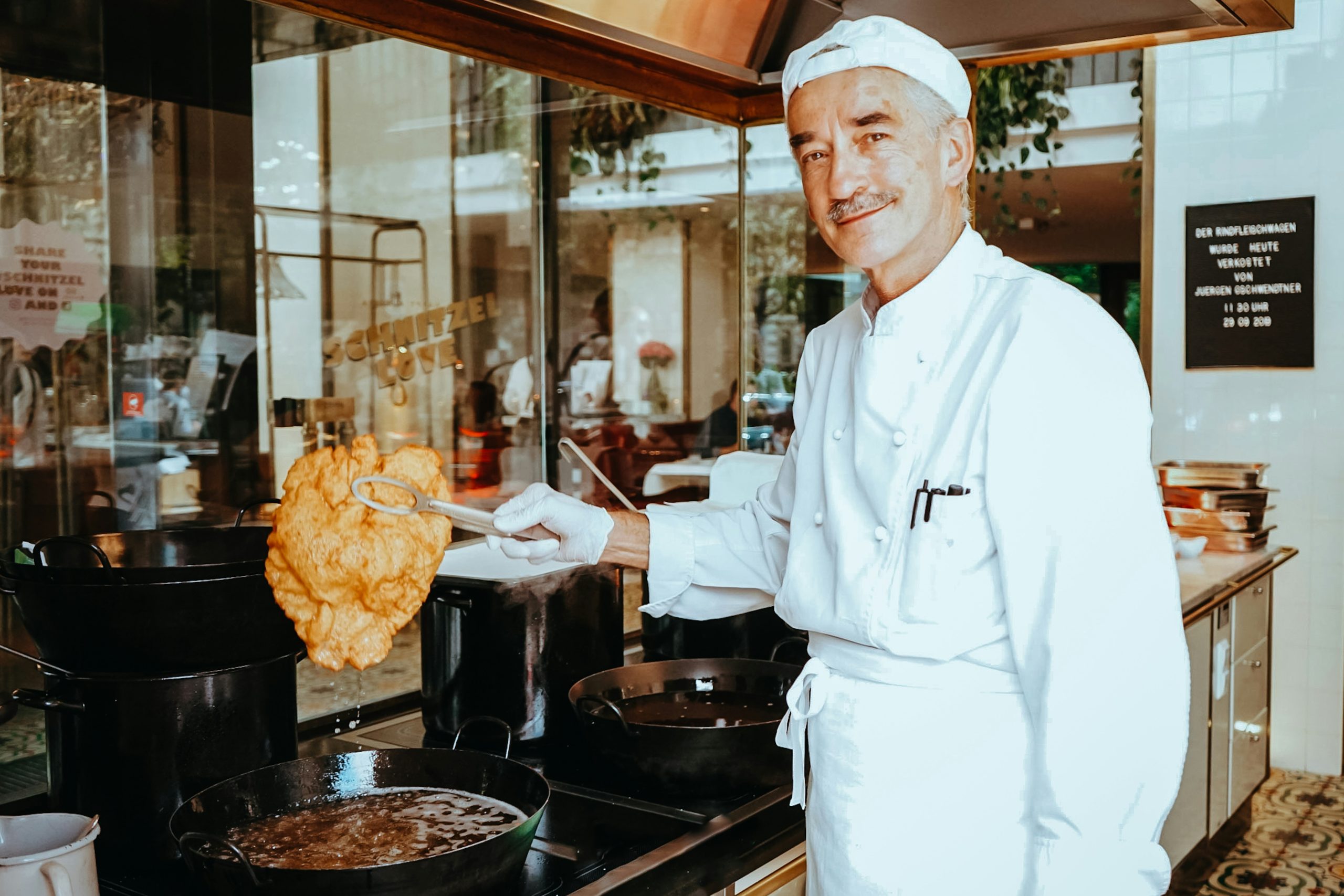
Viennese cuisine reflects the city’s historical multicultural influences, offering a variety of dishes that are deeply embedded in the local culture. Wiener Schnitzel, a breaded and fried veal cutlet, is perhaps the most famous Viennese dish, while Tafelspitz, boiled beef in broth, showcases the simplicity and richness of Austrian cooking.
Desserts like Apfelstrudel and Sachertorte are not to be missed, representing the sweet side of Viennese culinary artistry.
Absolute Must-Do: Pay a visit to a Heurigen, or wine taverns. They provide a rustic setting to enjoy local wines and hearty Austrian fare, completing the culinary exploration of this diverse city.
Where to See the Best Views in Vienna
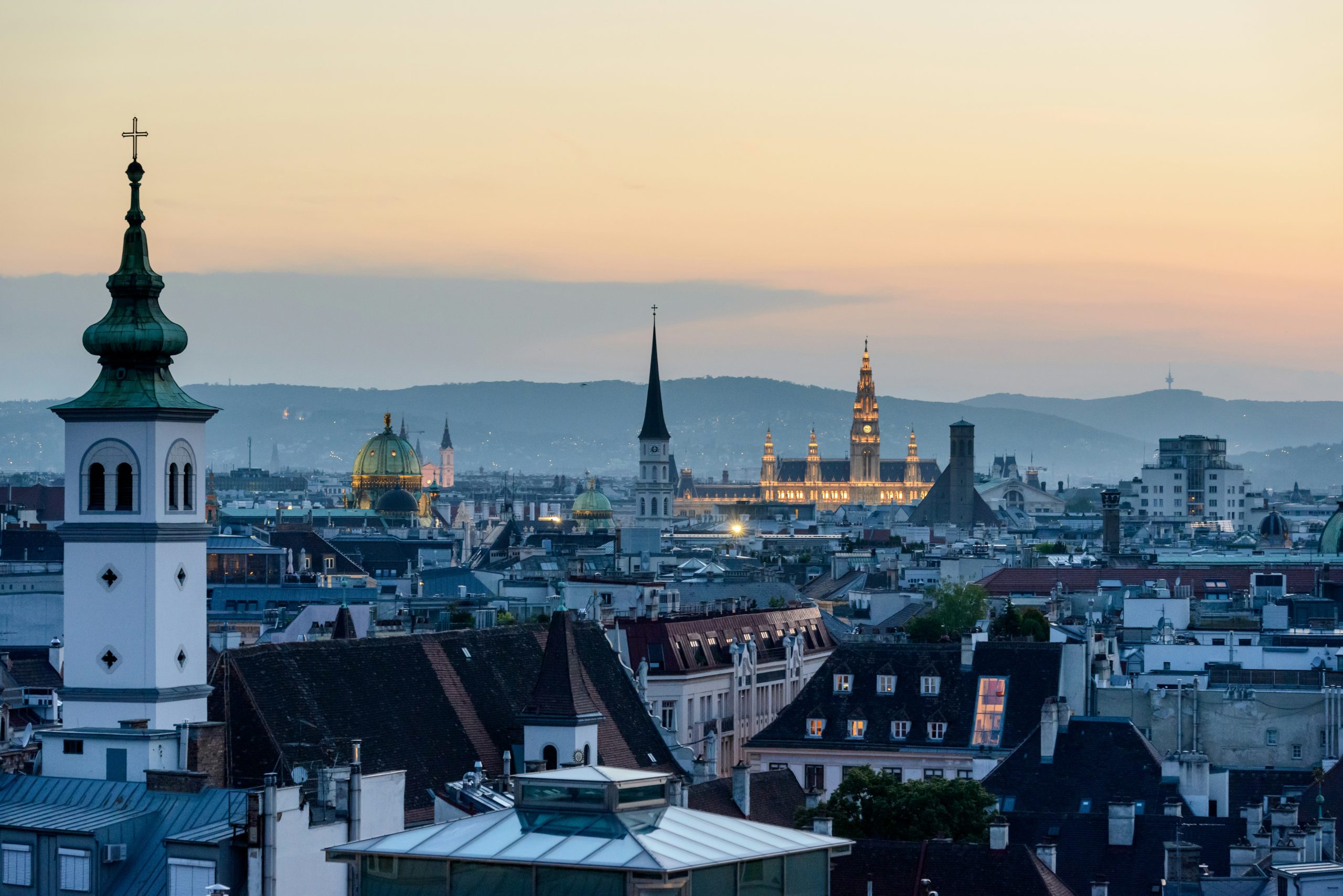
St. Stephen’s Cathedral (Stephansdom): The North Tower of St. Stephen’s Cathedral provides one of the most iconic views over Vienna. Climbing the 343 steps to the tower’s viewing platform rewards visitors with a panoramic view of the city’s historic center, the Danube River, and beyond.
See the location of St. Stephen’s Cathedral in Maps.
The Giant Ferris Wheel (Wiener Riesenrad): Situated in the Prater amusement park, the Giant Ferris Wheel is one of Vienna’s symbols and offers a unique perspective of the city from its gondolas.
See the location of Wiener Riesenrad in Maps.
Danube Tower (Donauturm): Standing at 252 meters, the Danube Tower is the tallest structure in Austria and offers an unparalleled 360-degree view of Vienna and its surroundings.
See the location of Donauturm in Maps.
Incredible Vienna Facts – Lesser Known Experiences
These locations offer a deeper look into Vienna’s richness, showcasing the city’s historical depth and architectural brilliance beyond the well-trodden tourist paths.
The Crypt of St. Michael’s Church (Michaelerkirche)
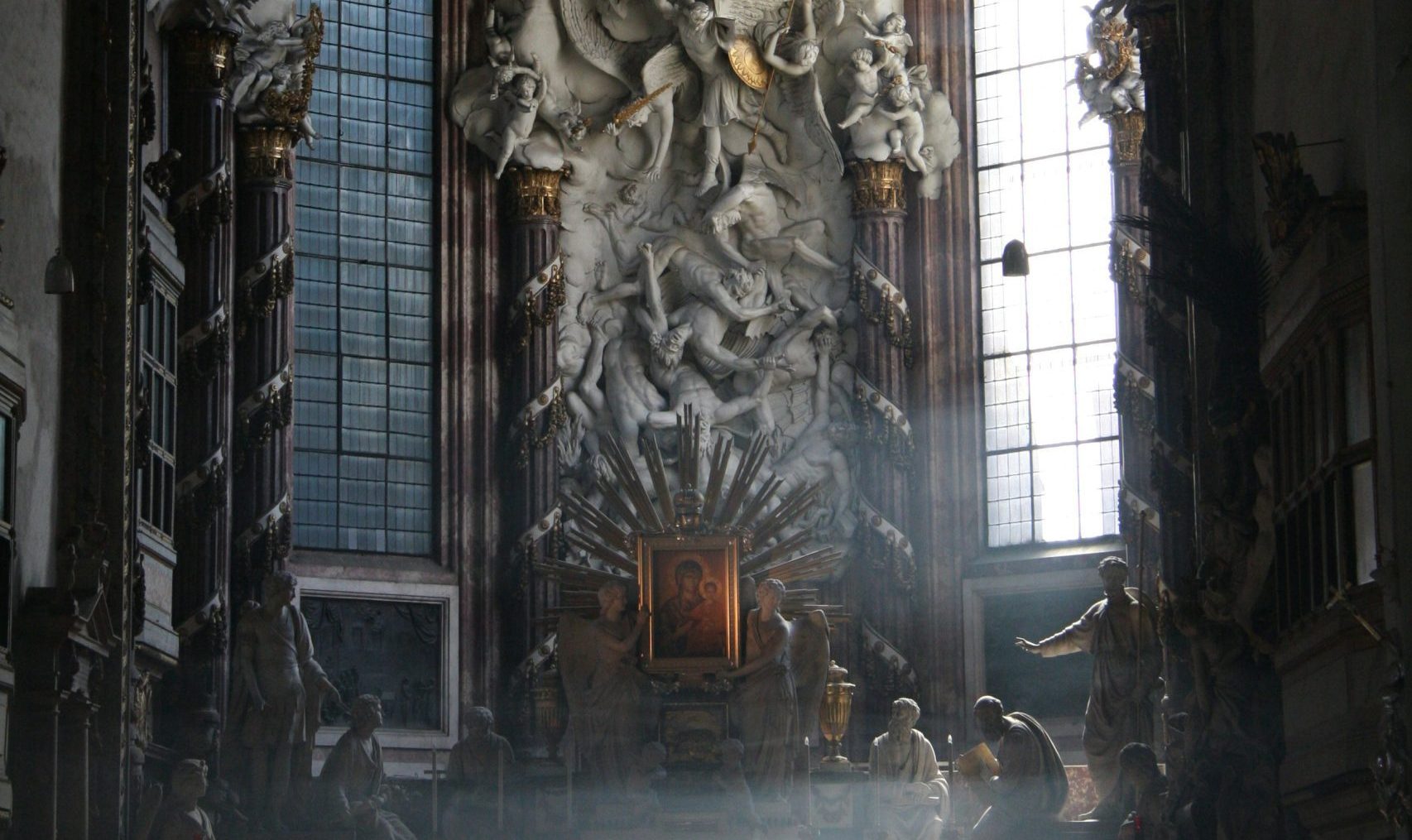
While many of Vienna’s churches are well-visited, the crypt beneath St. Michael’s Church offers a unique and lesser-known experience. This crypt has been used for burials for centuries and due to the specific climatic conditions, the bodies there have undergone natural mummification.
The crypt contains the remains of hundreds of people, including notable figures from Vienna’s history, providing a fascinating if somewhat macabre glimpse into the past.
Steinhofgründe and the Church of St. Leopold
Located in the 14th district, Steinhofgründe is part of the grounds of a former psychiatric hospital designed by the famous architect Otto Wagner. This area is not only a peaceful spot with beautiful views of Vienna but also home to the Church of St. Leopold, also known as the Steinhof Church.
This stunning example of Art Nouveau architecture is often overlooked by tourists. The church, with its golden dome and exquisite details, is considered one of Wagner’s masterpieces. The surrounding area, with its well-preserved Jugendstil buildings and tranquil setting, offers a unique window into Vienna’s architectural elegance and history.
FAQs and More Vienna Facts
The most beautiful part of Vienna is arguably its historic center, a UNESCO World Heritage site that encapsulates the city’s imperial past and architectural magnificence. This area is home to a breathtaking ensemble of palaces, churches, traditional Viennese coffee houses, and narrow, cobblestone streets that seem to whisper tales of centuries gone by.
The most visited site in Vienna is Schönbrunn Palace, a stunning example of Baroque architecture and a UNESCO World Heritage site. This former imperial summer residence attracts millions of visitors each year, drawn to its magnificent palace, beautifully landscaped gardens, and the Gloriette with its panoramic views of Vienna.
The main tourist street in Vienna is Kärntner Straße. This bustling pedestrian thoroughfare runs from the State Opera (Staatsoper) to St. Stephen’s Cathedral (Stephansdom) in the heart of the city. Kärntner Straße is lined with a variety of shops, cafés, restaurants, and historic buildings, making it a vibrant hub for visitors looking to experience the essence of Vienna.
Vienna’s museums are showcasing a diverse array of exhibitions, from the Renaissance tapestries in “Raffael. Gold and Silk” at the Kunsthistorisches Museum to the contemporary themes of “Robert Motherwell. Pure Painting” at the Bank Austria Kunstforum Wien. These exhibitions, along with others like “Michelangelo and Beyond” at the Albertina and “Louise Bourgeois.
Vienna is considered very safe, with a safety index rating of 88%. It’s one of the safest capitals in the world, though it’s always wise to be aware of potential risks such as pickpocketing in crowded places.
For a comprehensive program of Vienna’s stages, including classical music, operas, operettas, musicals, and more, you can explore a variety of performances across the city. The Vienna Tourist Board provides an updated daily event database that covers concerts ranging from pop to classical, as well as opera and theater performances.
Check out the Central Europe Tours with Travel Talk to begin your adventure in Vienna, with the most incredible Vienna facts to keep you informed during your vacation!
 Spring Sale: 2 FOR 1
Spring Sale: 2 FOR 1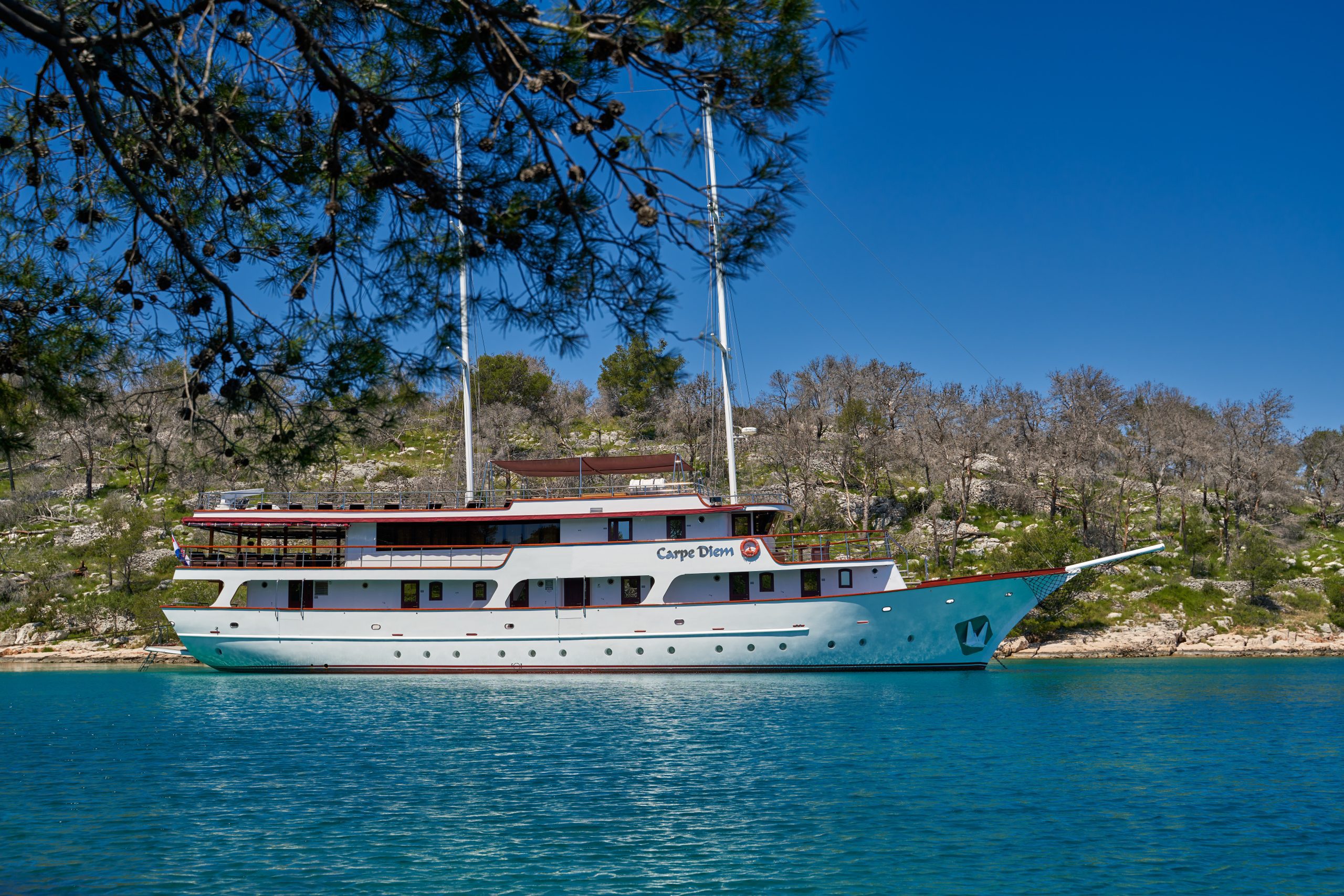 Croatia Sailing 2024: 2 For 1
Croatia Sailing 2024: 2 For 1 Greece Trips : 2 For 1
Greece Trips : 2 For 1 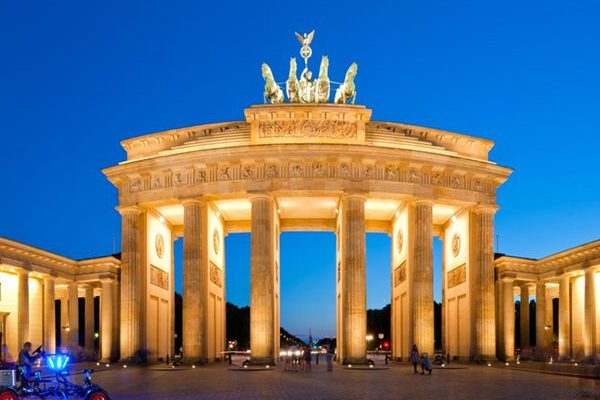 Central & Eastern Europe Tours: 2 For 1
Central & Eastern Europe Tours: 2 For 1 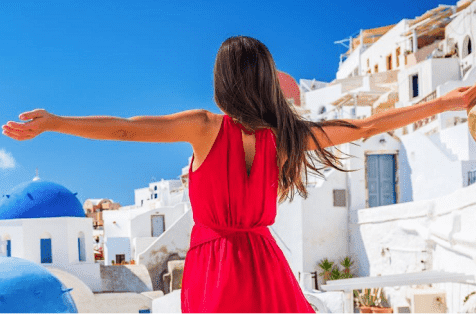 Why Travel Talk
Why Travel Talk Safe Travels with Travel Talk
Safe Travels with Travel Talk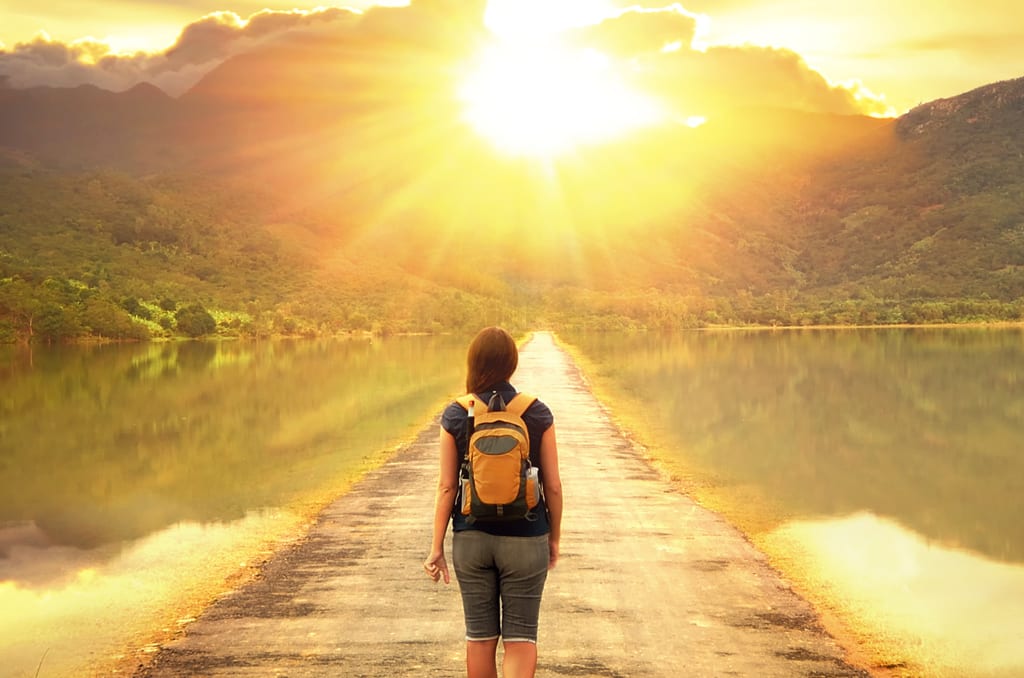 Fair Travels with Travel Talk
Fair Travels with Travel Talk Travel Talk Blog
Travel Talk Blog